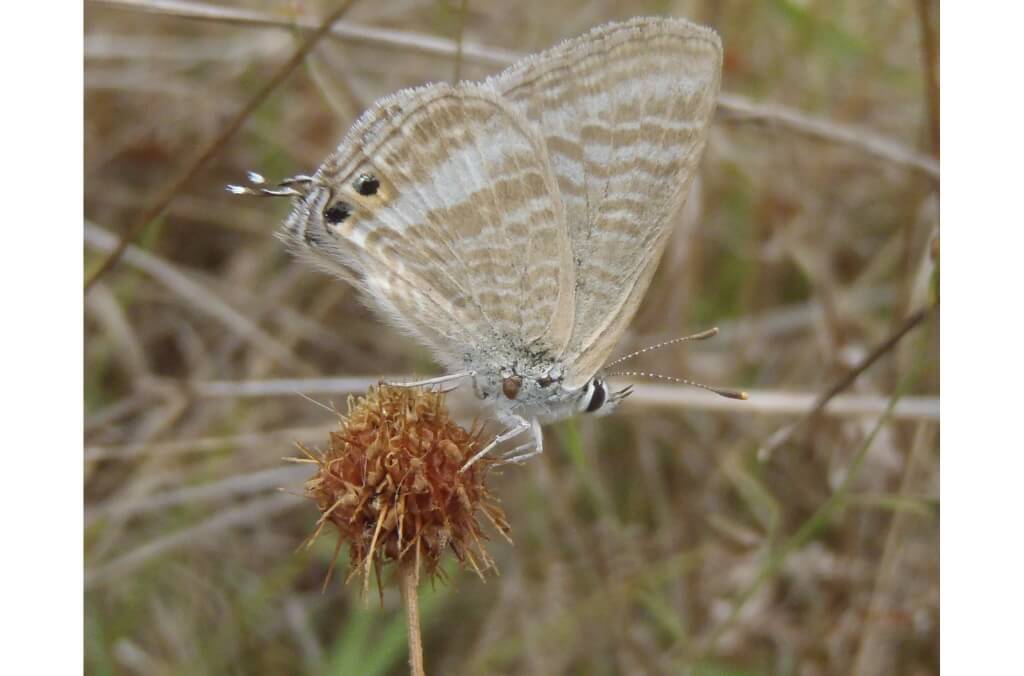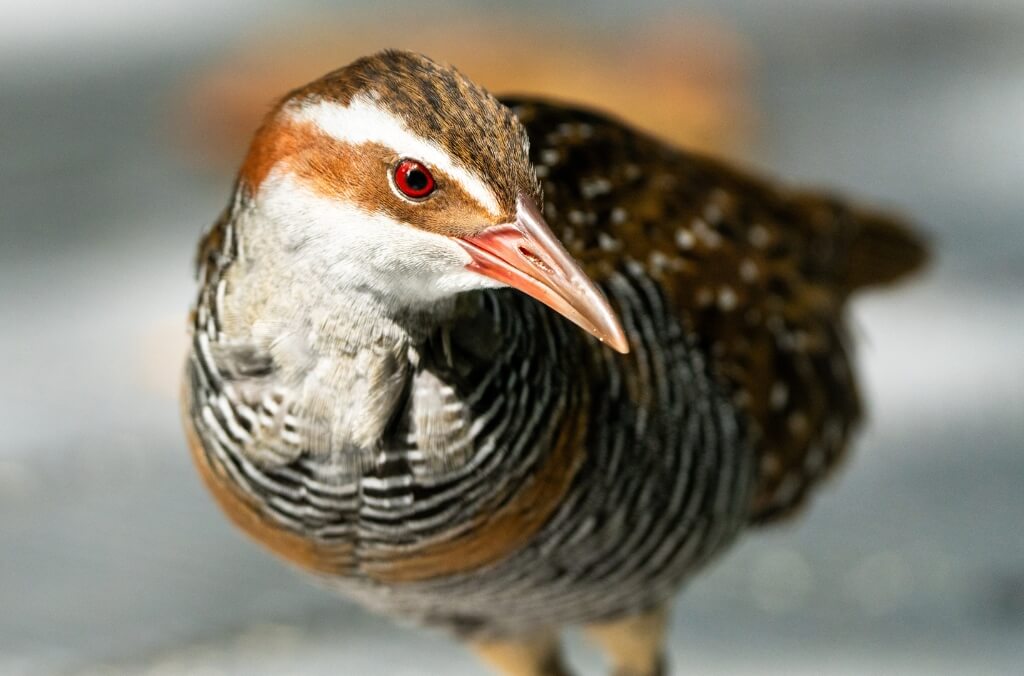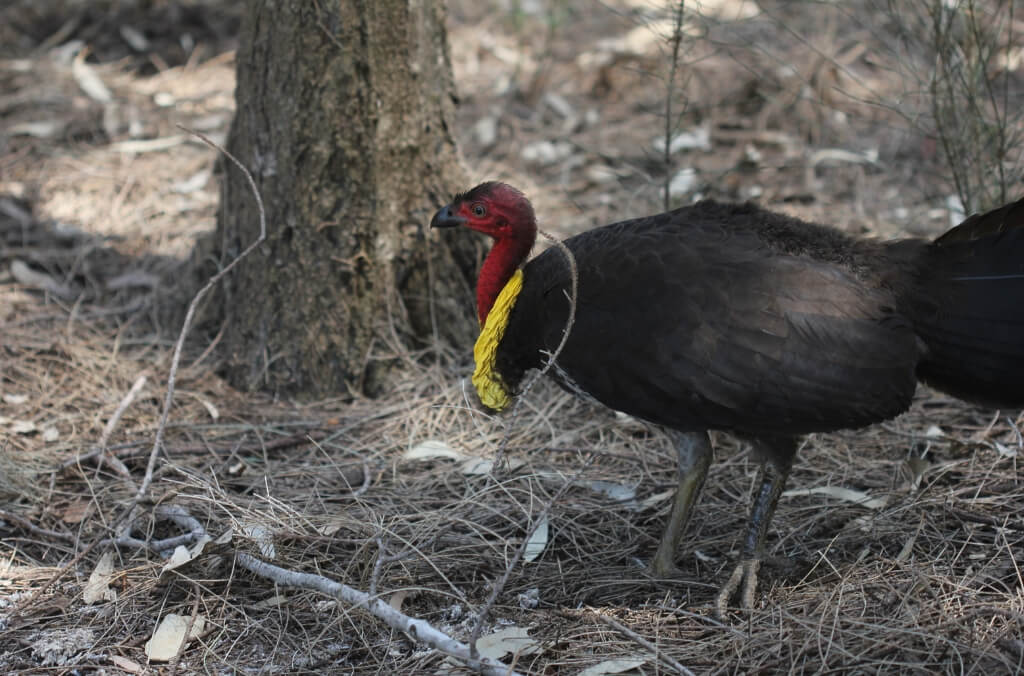Masters of disguise: Mimicry in the natural world
They say you sometimes need to fake it until you make it, but in nature, there are species that need to fake it to survive.
They say you sometimes need to fake it until you make it, but in nature, there are species that need to fake it to survive. Mimicry is the art of illusion, where species pretend to be something or someone else to gain a biological advantage—usually as protection from predators, or to attract pollinators or prey. A classic example of mimicry in nature is shown by phasmids, with members of this order of insects often resembling sticks or leaves, giving them their more common name of stick insects. This is a form of cryptic mimicry.
There are many other weird and wonderful examples of mimicry in nature. Here are some examples of the different types of mimicry that can be found around Sydney Olympic Park.
Defensive mimicry
Rather than hiding from their predators, species that exhibit defensive mimicry scare off potential predators by signalling that they are dangerous or poisonous (even when they sometimes are not). There are two primary types of defensive mimicry: Müllerian mimicry and Batesian.
Müllerian mimicry is when multiple dangerous or noxious species resemble one another, reinforcing a shared warning to predators to stay away. This type of mimicry is used by bee and wasp species in the Parklands to warn predators of their harmful stingers.
Batesian mimicry is when a harmless species mimics the appearance of a more dangerous or toxic species to dissuade predators. For example, many hoverfly species display the same colourful banding as bees and wasps to make predators think they have a stinger when they do not.

Automimicry refers to when an organism mimics members of its own species or has one body part resembling another to confuse predators and divert attacks away from vital organs. For instance, some butterfly species have wing patterns that resemble eyes, and even short, thin tails that resemble antennae.

Aggressive mimicry
Mimicry is not just used to protect against predators; it’s also used to fool unsuspecting prey. Certain mantis species mimic flowers or leaves, ambushing unsuspecting prey that wander into their reach—this form of aggressive mimicry is known as Peckhamian mimicry. Another example of aggressive mimicry is used by bird species in the cuckoo family, which practice brood parasitism by laying their eggs in a host bird species’ nest for them to raise—also known as Kirbyan mimicry.
Mimicry is not just reserved for fauna, with many floral species using deception to their benefit. An example found in the Parklands is the Slender Sun-Orchid (Thelymitra pauciflora), which displays false anthers (the part of the stamen in flowers that contains pollen) to resemble buzz-pollinated species—those requiring the buzz of a bee to release the pollen—that flower at the same time. This mimicry tricks the bees into spreading the orchid’s pollen, without providing a nectar reward for the pollinator.

You might also be interested in...



When you look at an Australian Brush-turkey, you may not automatically think this bird has engineer status.


Whether it’s the warble of a Magpie, the laugh of a Kookaburra, or the screech of a Cockatoo...